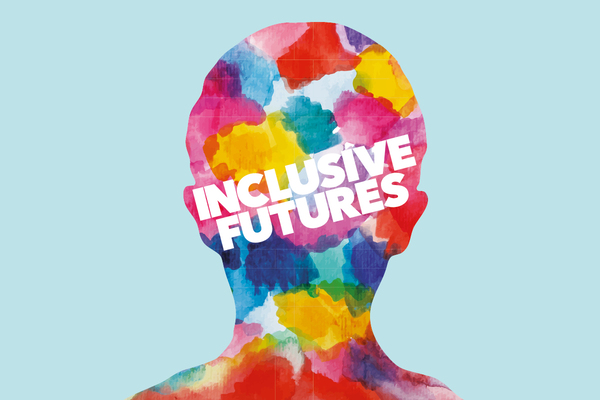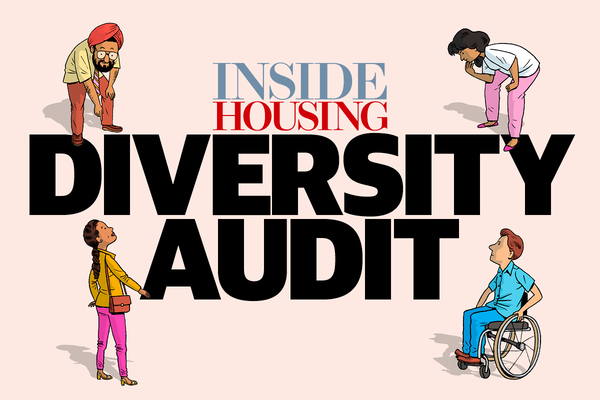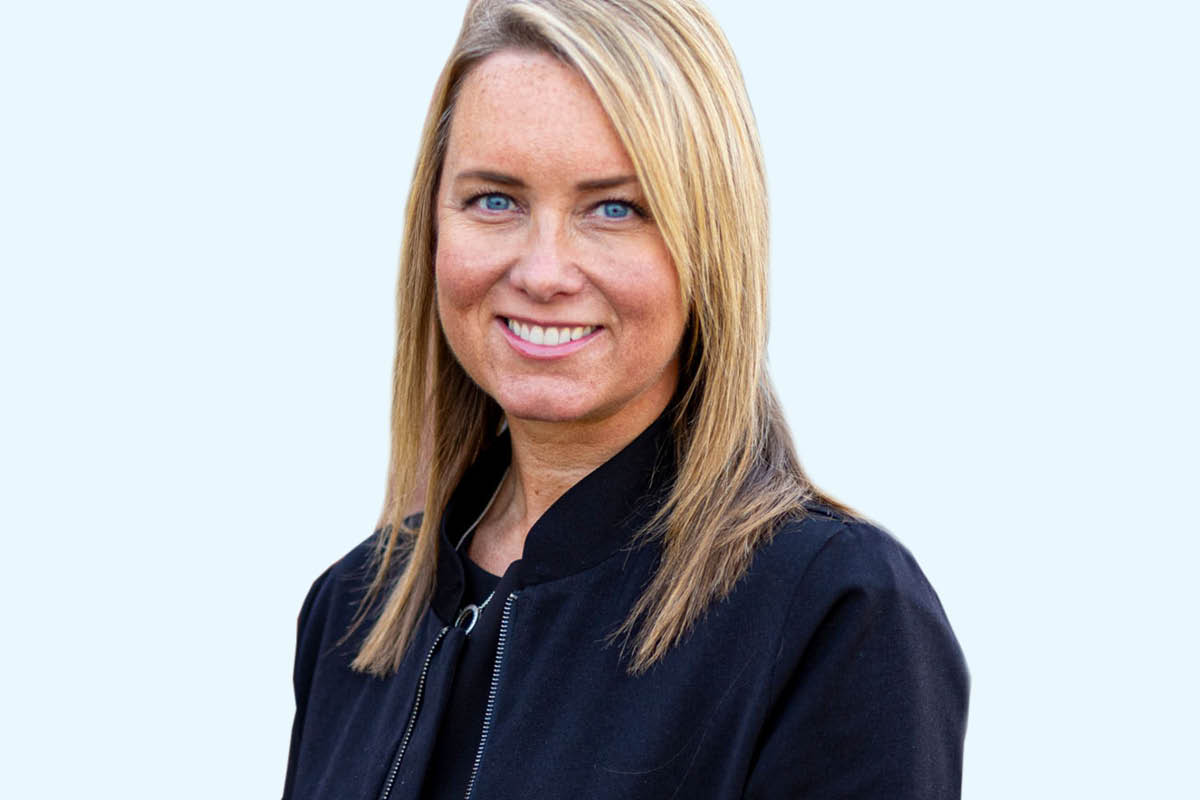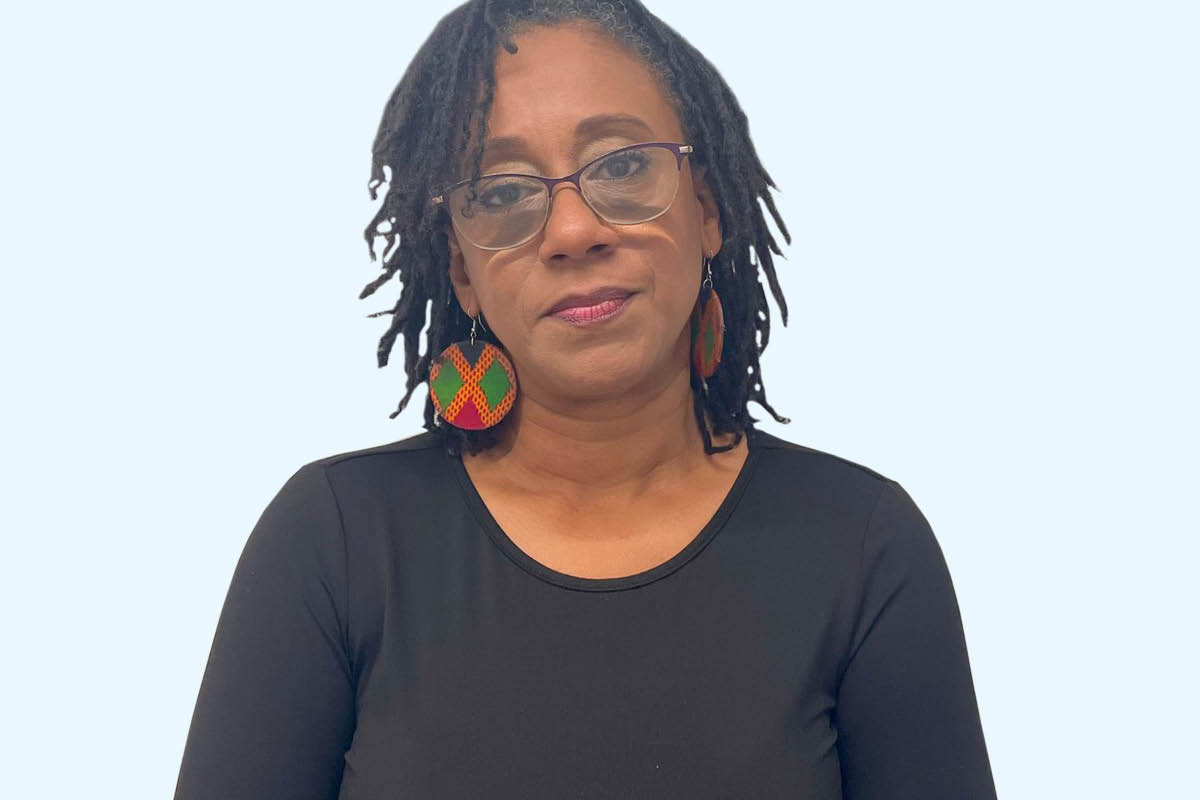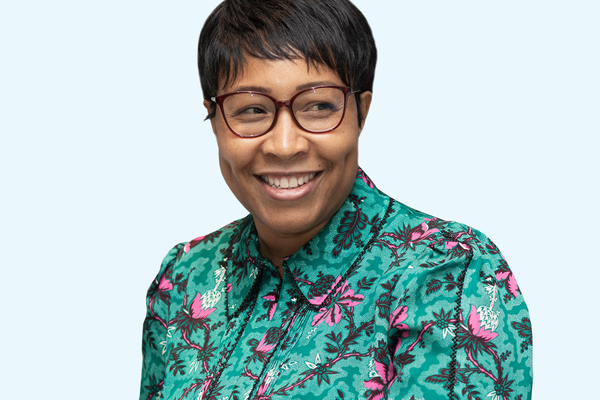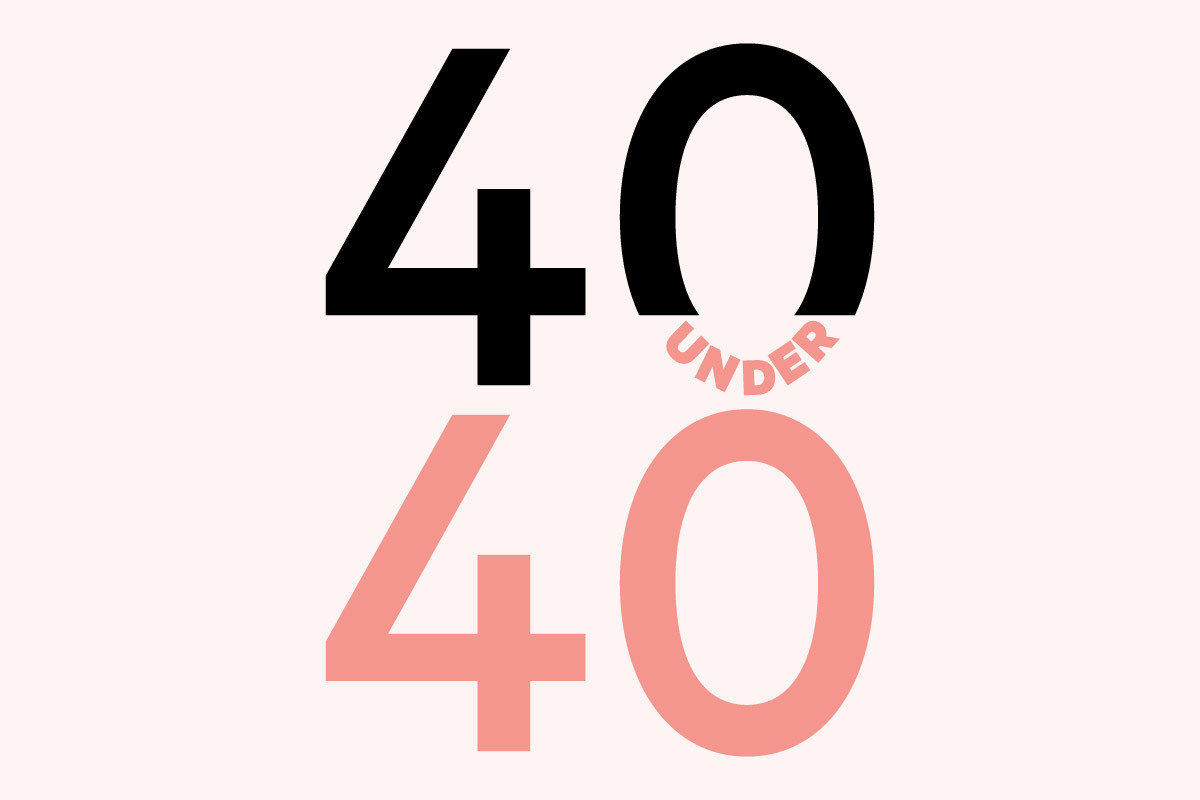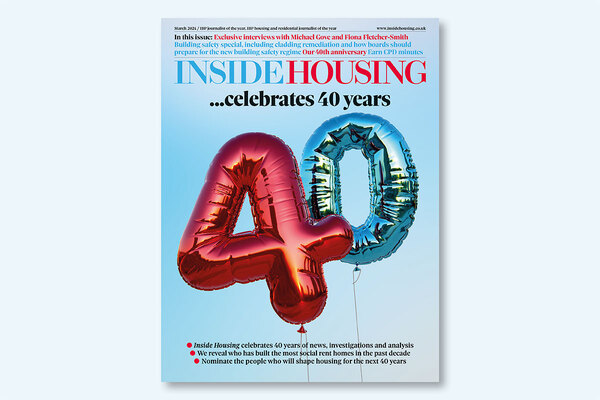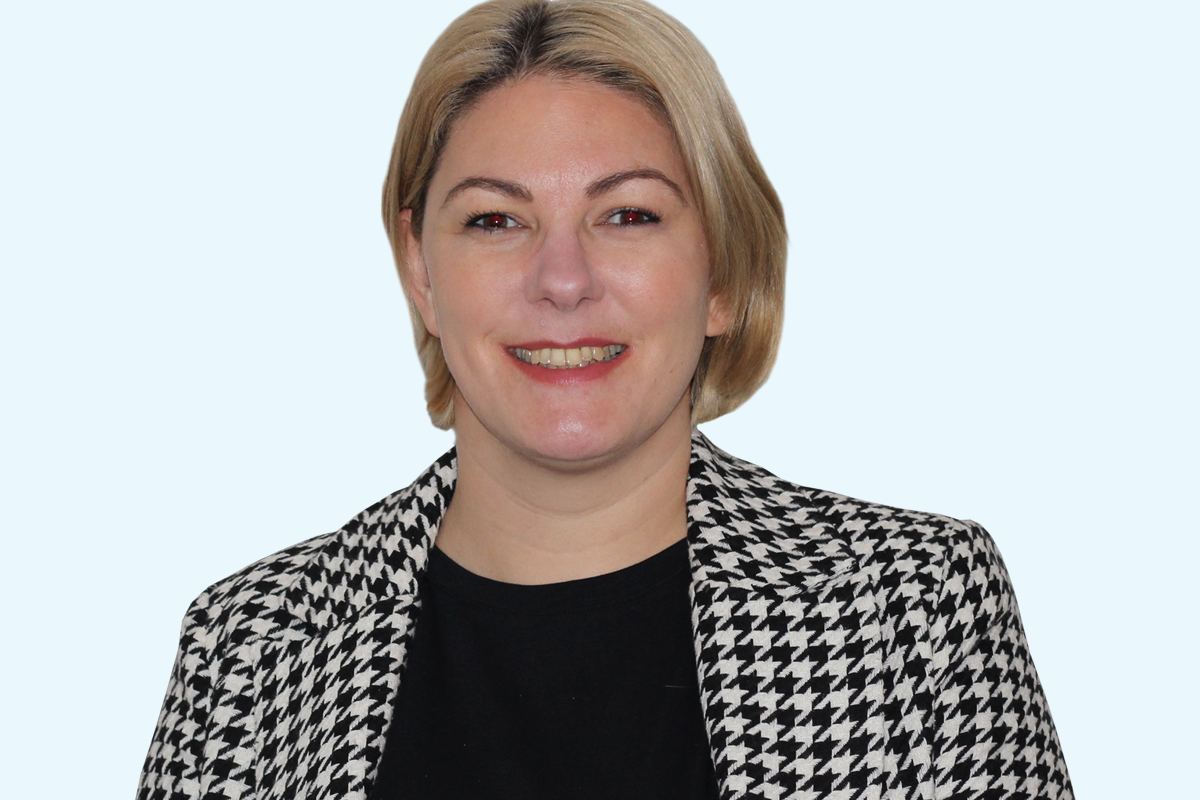You are viewing 1 of your 1 free articles
Time for diversity ratings in social housing
The sector needs outside help in the form of regulation and diversity performance indicators to improve inclusivity in leadership teams, argues Tom Murtha
Inside Housing’s Inclusive Futures campaign aims to promote diversity and inclusion among housing’s leadership teams
I attended an event last week hosted by EMH Group called Equal Housing, where a number of leading figures from social housing discussed the latest attempts to try and overcome the housing sector’s continuing failure to deliver diversity in senior roles.
They described personal development, the work of individual organisations, and the collective efforts of some London associations to bring about change.
There are clearly a number of people doing some excellent work, but I left the event with two concerns.
The first was that a number of the initiatives had been tried before over the past 40 years and, based upon the current evidence, have failed.
The second was that we need a sector-wide approach to bring about real change, ideally championed by all our professional and trade bodies.
I have no doubt that what is needed to kick-start this approach is external regulation and a rating process.
The lack of diversity in senior positions is not unique to social housing. All sectors experience it, including higher education. Here, researchers have suggested recently that “universities should be judged on the gender and ethnic diversity of their senior academic staff alongside other measures of their performance”.
Performance in this area would be reflected in ranking tables. The author of the research said: “Ultimately, strategies or actions will only be useful if they have a measurable impact and impact can only be assessed through regular and transparent monitoring.
“Tracking and publicly reporting gender or ethnicity statistics could therefore catalyse action to improve diversity”
I have always argued that organisations should be judged by their diversity performance in the same way they are judged by their financial performance.
If we are to have league tables in social housing, in the same way they have ranking tables in higher education, diversity should be one of these essential performance indicators. In the past the only time that there was limited success in increasing diversity was when it was part of the audit and regulatory process.
Given the evidence shows that the majority of associations are not treating diversity as a priority, the threat of regulatory judgement may help to concentrate the collective mind.
Some will argue that this will create issues around the quality of candidates available for senior roles and appointing the “best person for the job”.
Both of these issues were addressed at the Equal Housing Event. All of the speakers were clear that it was time to dispel these myths.
First, there is no lack of talent. It is already out there. The real issue is that, for whatever reason, we are failing to attract and appoint. The fault is with those appointing, not those applying.
We need to change the culture, structures and processes in social housing to create diverse senior teams at executive and non-executive levels.
“If boards and executives really understood that diverse organisations perform better at every level, there would be no need to introduce regulatory encouragement”
Second, if this is successful, the best person should always be appointed. But in future it will not always be the white male candidate as it appears to be in the overwhelming majority of cases today.
Many of those at the event left feeling that as individuals they would do more to bring about change.
I support and share this view. But after 40 years of struggling to bring about change in social housing, I think it is time for a little outside help in the form of regulation and ratings. Help that will act as a catalyst to disrupt the complacency towards diversity in many organisations and bring about real change.
If boards and executives really understood that diverse organisations perform better at every level, there would be no need to introduce regulatory encouragement. But until they do, there is.
Tom Murtha, campaigner and former housing association chief executive
Inclusive Futures
Inside Housing’s Inclusive Futures campaign aims to promote and celebrate diversity and inclusion.
We are pledging to publish diversity audits of our own coverage.
We are also committed to proactively promoting positive role models.
We will do this through the pages of Inside Housing. But we will also seek to support other publications and events organisations to be more inclusive.
Our Inclusive Futures Bureau will provide a database of speakers and commentators from all backgrounds, for use by all media organisations.
We are also challenging readers to take five clear steps to promote diversity, informed by the Chartered Institute of Housing’s diversity commission and the Leadership 2025 project.
THE INCLUSIVE FUTURES CHALLENGE
Inside Housing calls on organisations to sign up to an inclusive future by taking five steps:
Prioritise diversity and inclusion at the top: commitment and persistence from chief executives, directors and chairs in setting goals and monitoring progress.
Collect data on the diversity of your board, leadership and total workforce and publish annually with your annual report. Consider gender, ethnicity, disability, sexuality, age, and representation of tenants on the board.
Set aspirational targets for recruitment to the executive team, board and committees from under-represented groups.
Challenge recruiting staff and agencies to ensure that all shortlists include candidates from under-represented groups.
Make diversity and inclusion a core theme in your talent management strategy to ensure you support people from under-represented groups to progress their careers.
THE CASE FOR CHANGE
34%
of housing association chief executives are female
1%
of housing association executives have a disability
1.6%
of housing association board members are LGBT
Women make up 46% of the UK workforce, but Inside Housing research found that they are under-represented on housing association boards (36%), executive teams (39%) and among chief executives (34%).
Almost a fifth of working-age adults have a disability (18%), yet associations reported only 1% of executives and 4.5% of board members with a disability. Many were unable to provide details.
Nationwide, 14% of the working-age population come from a BME background, climbing to 40% in London and Birmingham. Yet our research found that 6.8% of board members identified as BME, compared with 4.5% of executives.
Statistics on representation of LGBT people in the workforce are in short supply, but official statistics suggest that 2% of the total UK population identify as lesbian, gay or bisexual, rising to 4.1% for 16 to 24-year-olds. Our survey found that 1.6% of board members and 10 executives were LGBT – but most organisations were unable to provide figures.
INSIDE HOUSING’S PLEDGES
We will take proactive steps to promote positive role models from under-represented groups and provide information to support change.
We pledge to:
Publish diversity audits: We will audit the diversity of the commentators we feature. We will formalise this process and publish the results for future audits twice a year.
Promote role models: We will work to highlight leading lights from specific under-represented groups, starting in early 2018 with our new BME Leaders List.
Launch Inclusive Futures Bureau: We will work with the sector to compile a database of speakers, commentators and experts from under-represented groups. The bureau will be available to events organisers, media outlets and publications to support them to better represent the talent in the sector.
Take forward the Women in Housing Awards: Inside Housing has taken on these successful awards and will work to grow and develop them.
Convene Inclusive Futures Summit: Our new high-level event will support organisations to develop and implement strategies to become more diverse and inclusive.
The Inside Housing Diversity Audit: how diverse has our coverage been?
The media plays a key role in championing diverse role models, so we designed a project to measure Inside Housing’s track record.


